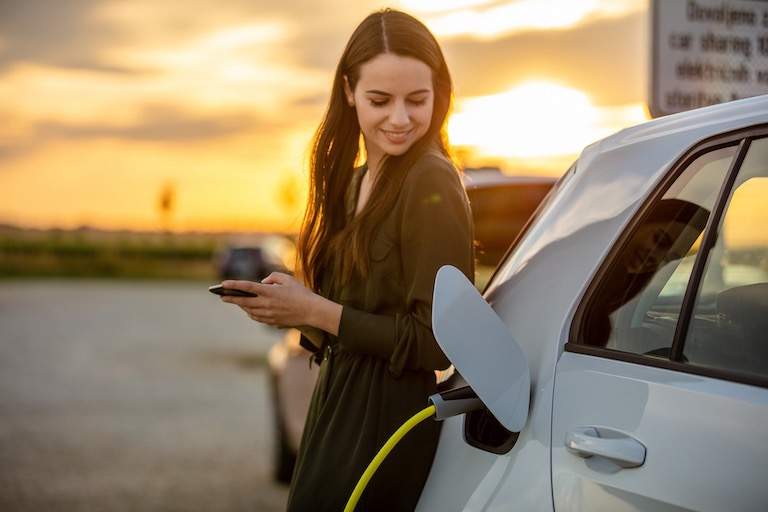
Honda Australia: Why we’re taking the tiny Super-ONE EV
Australia’s first Honda EV will be a city car, with miniature sales, but the learnings will be bigThe News
The tiny Super-ONE city car unveiled at the Japan Mobility Show has been confirmed as the first EV that will be sold by Honda in Australia.
The Key Details
- Honda Super-ONE will launch in Australia in H2 2026
- Tiny EV is expected to sell in tiny numbers
- Honda says it will provide valuable learnings for future EVs
- Local testing program to ensure it drives with zest and charges without issues
- A four-star – rather than five – ANCAP rating is Honda’s minimum safety target
The Finer Details
Set to launch in Australia in late 2026, the Honda Super-ONE is described by Honda’s local arm as a strategic learning exercise ahead of a broader EV rollout.
Measuring less than 3.6m long and 1.6m wide, the Super-ONE will be one of Australia’s smallest EVs.
Honda has promised zesty performance and fun dynamics, as previewed earlier this year by the Super EV concept at Goodwood Festival of Speed.
Local testing is already underway to ensure the Super-ONE suits Aussie conditions.
“It’s exciting for us to bring [Super-ONE] to Australia as our first EV because it’s a different product,” Honda Australia president and CEO Jay Joseph told carsales.

“It isn’t like everything else out there. There are so many options for Australian EV shoppers today, but it’s a bit of a sea of sameness, and Super-ONE stands out because it’s small, it’s sporty, it’s really fun to drive.”
That said, sales ambitions for the Super-ONE will be “really small”.
“As our first BEV in the market, part of what we need to do is learn more about the consumer and how they use its relatively short range,” he said.
“It’s really targeting urban metro drivers, people who don’t need to go inter-city from Melbourne to Sydney.
“It’s for somebody who knows that they’re just driving around the city and want to do so in an efficient way.”

Joseph acknowledged competition from Chinese rivals like the slightly bigger and cheaper (approx $25,000) BYD Atto 1.
“The value proposition of those vehicles is definitely something we have to pay attention to. Part of how we compete with that is the way we take care of our customers.
“We have a reputation for quality, innovation and engineering, but part of our value proposition is that we can take care of our customers.
“We’re seeing with some of the new entrants that are growing really quickly that they’re struggling when there’s an issue with the vehicle.

“They’re struggling to get parts they’re struggling to have the network to service the vehicles that’s one of our strengths.”
The Super-ONE’s local testing regime includes validation of both driving and charging.
“That in-market testing is critical to knowing that everything works the way it was intended, and we've got to match the laboratory results to the real world and that only happens by testing in the market,” Jospeh said.
Honda is targeting a minimum four-star Australasian New Car Assessment Program (ANCAP) rating.
“That’s a reasonable expectation for consumers,” Joseph said.
“We have to be able to do that, or it wouldn’t be the right car for the market.”

The Road Ahead
The next EV after the Super-ONE to come to Australia is expected to be the production version of the Zero Series SUV.
Joseph said expansion into EVs was all part of reclaiming an audience that the brand was at risk of losing without them.
Following recent sales declines and a retail restructure, Honda is determined to win back customers.
“We don’t like losing customers or not being able to provide customers with what they would like,” Joseph said.
“So number one, let’s stem that loss. Honda globally, and certainly here in Australia, has a very loyal customer base and some of our customers because we haven't offered an EV and they wanted one to have had to stray from Honda.
“We don’t need to lose those customers, so let’s offer them what they want.”
Honda is also expanding its hybrid line-up in 2026 with more affordable CR-V and ZR-V e:HEV SUVs and the reborn Prelude coupe.
Related: 2026 Honda Prelude Type R should absolutely happen
Related: 2027 Honda Civic Type R Estate imagined
Related: 2025 Honda Civic Type R gets pricier


Please see our Editorial Guidelines & Code of Ethics (including for more information about sponsored content and paid events). The information published on this website is of a general nature only and doesn’t consider your particular circumstances or needs.















